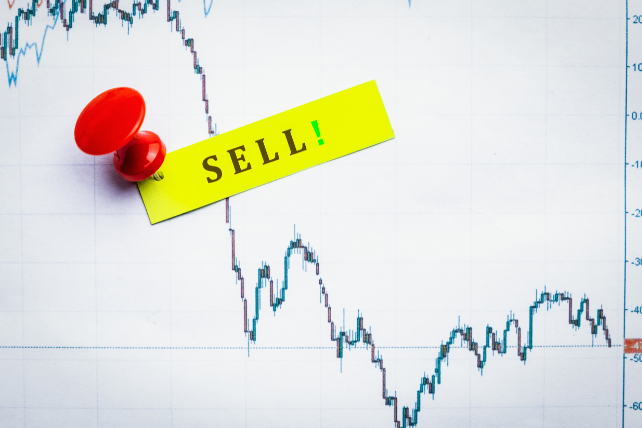Fixed income markets may be offering investors better value than at the start of the year according to two of Invesco’s fixed income managers.
Andy Byfield, senior client portfolio manager at Invesco, outlined that some of the challenges for fixed income markets this year have been caused by global central bank responses to a high inflation low growth environment.
This has resulted in weakness for equity and bond indices, while heightening the risk of stagflation.
US dollar strength and the uncertainty over the geopolitical situation in Ukraine has only exacerbated the stagflation risk.
“With the Fed only just beginning to tighten monetary policy, inflation expectations rising and bond outflows continuing, there’s evidence to suggest this bond bear cycle could deepen further,” said Byfield.
This has been compounded by a tight US labor market, China’s zero Covid policy and higher energy and food prices.
He added that watching these factors will be key to try and establish when the bond market will turn.
“We believe the current stagflation scenario means the high inflation will result in slowing growth with tightening financial conditions,” said Byfield.
“This suggests we are entering the late stages of the economic cycle, which typically sees government and investment grade corporate bonds outperforming riskier asset classes such as equities.
“We feel a recession is unlikely, but it could materialize if central banks overtighten or tighten monetary policy too quickly.”
Light at the end of the tunnel?
Uncertainty remains elevated in this difficult period for bond holders, yet Byfield is optimistic about the medium-to-longer-term value in the asset class given the yield improvement across investment grade credit markets globally.
The index yield of the global investment grade credit market is now close to 4% which his higher than the peak yield of the Covid shock in March 2020.
“The last time we saw such high levels of yield was during the 2011 European sovereign debt crisis, when fragmentation concerns coincided with the first ever credit rating downgrade in the US,” he added.
“As such, we believe yield levels are very attractive, particularly from an income perspective.”
Cautious opening to the year
Stuart Edwards, fund manager in the fixed interest team said they started the year positioned defensively, both in duration and credit in anticipation that inflationary pressure could lead to a significant uptick in yields.
“So far, 2022 has seen an aggressive repricing of interest rate expectations as central banks have recognized that inflation risks are more than transitory,” said Edwards.
“Most of the repricing in bond markets has been duration led with, to a lesser degree, some spread widening on top – yields have adjusted aggressively to the new reality.”
The greater interest rate sensitivity of the short end of the yield curve means there has been a significant flattening.
US two-year Treasury yields have increased from 0.73% to 2.62% and 10-year from 1.51% to 2.83% this year.
Edwards said that while US Treasuries initially received perceived safe-haven flows around the time of the Ukraine crisis, it proved very short-lived.
“The economic consequences and repercussions for inflation and interest rate policy trumped the safe-haven flows,” he said.
“The sell-off also marks recognition that, given the deteriorating trade-off between inflation and growth, the notion that central banks will come riding to the rescue has significantly diminished.
“The so-called ‘Fed put’ is no more,” he added.
Could there be a more attractive risk premium available?
The new reality we now found ourselves in means an end to quantitative easing for the foreseeable future and quantitative tightening across many jurisdictions.
Edwards explained that the equilibrium ‘clearing level for bond yields – absent the influence of central banks – will therefore be higher.
“This is a healthy development for fixed income markets,” he said.
“It means that returns on offer could be more commensurate with the underlying credit risks, without the distortions we have seen from the unconventional policies of the last decade.”
Edwards added that the increase in macro uncertainty and market volatility means that there should be more risk premium embedded in all markets, not just fixed income.
“In bond markets, we expect to see more divergence of returns between those parts of the market that have repriced and those that have not yet done so.
“However, corporate balance sheets are healthy and default risks should remain contained in the short-term.
“We believe that with yields at more attractive levels, the asset class is offering better opportunities than at the turn of the year,” he finished.

